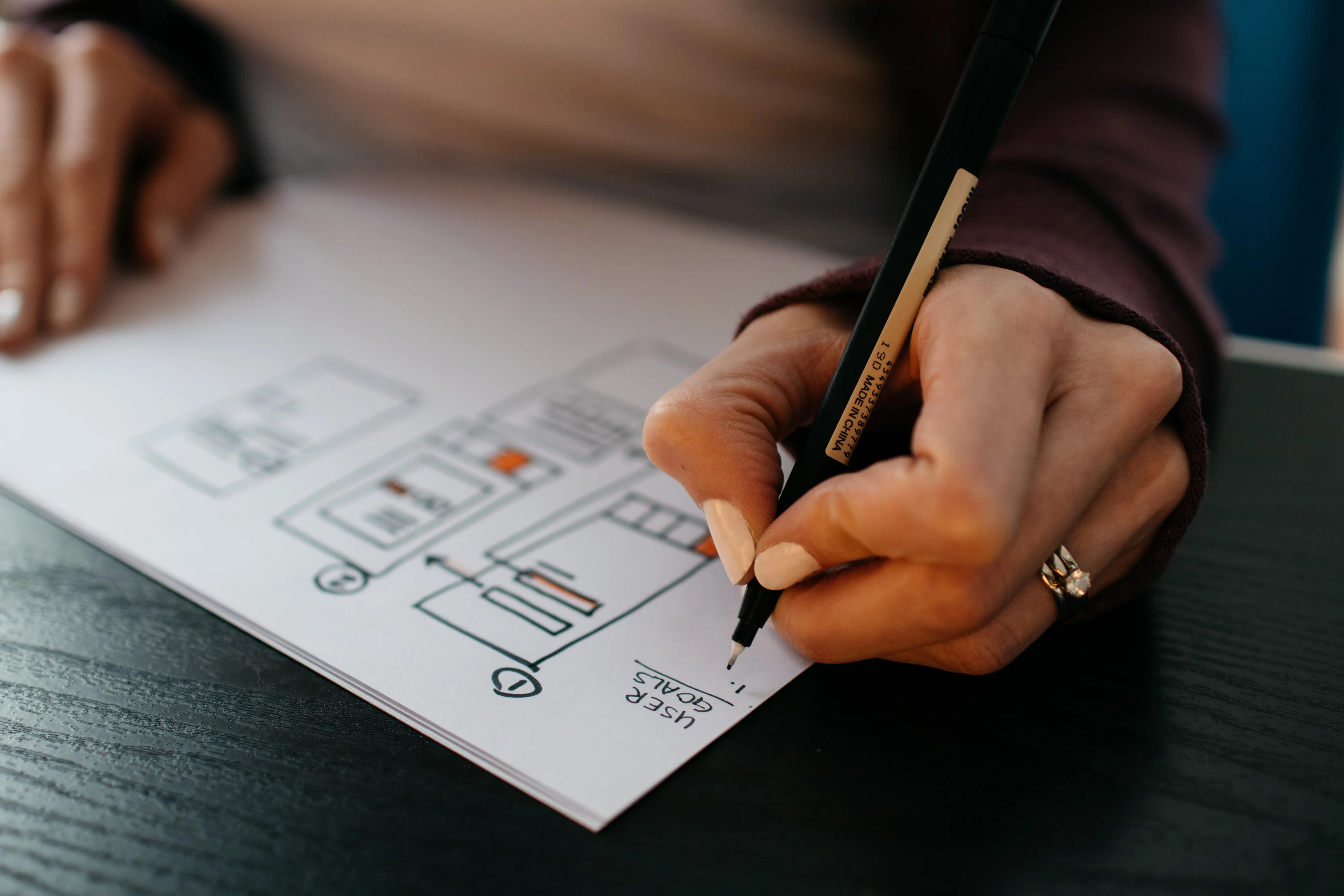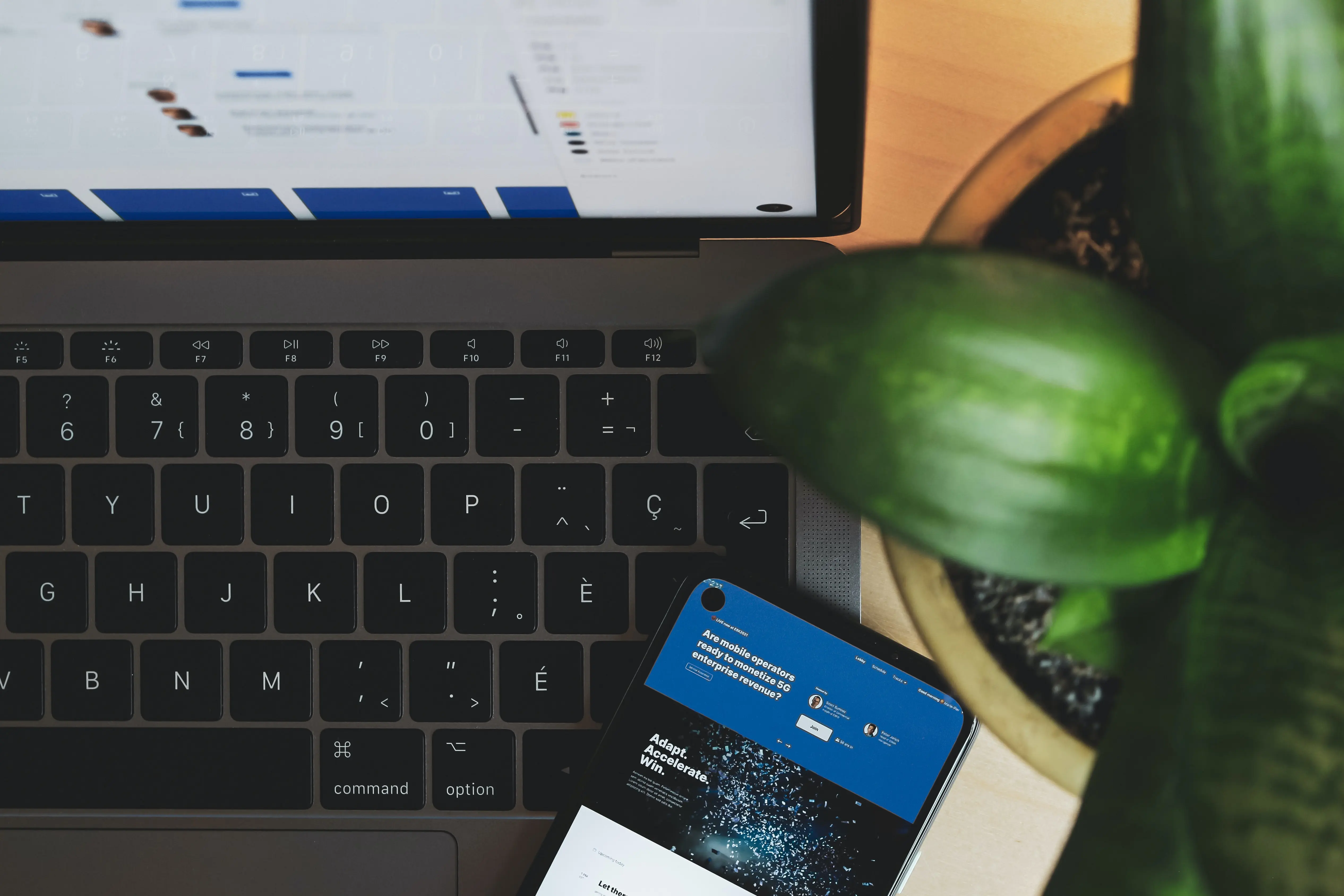
User interviews form a core part of UX design. They're a fantastic way of getting a direct insight into the challenges that your users are facing and confronting any blockages that may be standing in the way of a smooth web journey. If you have relatively easy access to a pool of users who are willing to spare their time to speak to you, you should be onto a winner. Surely, it's just a case of asking them a few questions and using their answers as guidance for implementing the right changes? Well, not quite. User interviews are an art in themselves, and getting them right requires a certain degree of skill.
In this blog post, we'll walk you through why conducting an interview in the right way is key to achieving tangible and useful results, and we'll give you some handy tips and techniques.

Having a chat vs. conducting an interview
It seems natural to think that interviews are similar to a casual chat between two mates. However, when people interact with each other, they don’t really concentrate on what their friend has to say. They focus mostly on how they want to present themselves and try to find ways to entertain each other. In many situations, people often make the conversation as shallow as possible in order to avoid entering into awkward silence.
There are tons of courses available that you can enrol on so you can gain the skills necessary to make small talk. To be honest, making small talk is pretty much how both the business and dating world operate. It may also be the reason why interviews are so easily classified by interviewees as regular chit chat. In the end, isn’t the person being interviewed simply talking about themselves?
Although this is a valid point, an interview has its own specific formula, and there are very few rules from real life that can be applied here. For instance, researchers with very little research experience can easily make a very basic mistake. Some of these mistakes are caused by the person’s unwillingness to let the interview go dead silent and descend into feelings of awkwardness.

Learn to recognize reactions
At first, an interviewer doesn’t know how to engage in conversational rhythm with the person being interviewed because they aren’t familiar with that person. As a result, they try to recognise reactions. It is also tempting for them to suppress silence while a participant processes a question. The thought of ending the question and waiting silently for an answer can be extremely nerve-racking. At this point, the interviewer ends up adding guidelines, the interviewee loses their focus and provides answers based on these new suggestions.
Another scenario appears when an interviewee ends their answer and they look at you. You stare at them back and a few “long” seconds pass in silence. This is when you probably think, “Bingo! Now I will ask my next question!”
If it wasn’t for a book by Steve Portigal that fell into my hands, I would be unaware for ages. The author wrote something so simple yet it changed my point of view and that was to Accept the Awkwardness because it is a natural element of an interview. There is no need to fight with it. With that knowledge and a few tries, you can finally make your interviews more effective.

Silence is good, awkwardness is even better
The first scenario shows that people need time to process a question when they are asked. The trick is to know that processing information manifests differently when speaking with different people. For example, a person may look intensively at the wall, frown or stare at you with no expression.
You need to remain concise, ask your question and give space to the person being interviewed. Do not speak. If your interviewee is lost, they will ask you to repeat yourself. Just be sure the participant knows that their experiences, not their person, are under scrutiny. Otherwise, they could feel insecure and not be honest with their answers.
People talk in paragraphs. After closing one part of a speech, they need to pause, breathe and put thoughts together. Some people may take longer to do this and if so, let them! If you rush with your questions, you risk losing important information. Even when you think that a full answer was given, bite your tongue and wait for a few more seconds. Very often that’s the moment when some hidden, yet very important thoughts occur in your interviewee’s mind.
Remember to ask open ended questions
Asking open-ended questions is the key when it comes to doing foundational user research. It's much easier said than done of course, because the temptation is always to ask about the part of the project which you think is posing the issue: e.g. "Are you having trouble with the main log-in page?"
Instead, you might ask: "What in your opinion, makes for a user-friendly log-in page?" or say: "Please talk me through your experience of logging into this website?" That way, you're likely to facilitate a longer, more detailed answer
Unless you're trying to clarify something that the user has already said, avoid using 'Yes/No' questions. These are rarely likely to yield good, detailed results and will likely shut the interview down quickly.

Don't be afraid of the truth
Often, when you look at the questions that UX experts are asking their users, it's clear that they are afraid of the truth. This may be conscious or unconscious. As an interviewer, you might naturally try to avoid asking about a major feature of your product, which your team has worked on for months, even if you have a hunch that something about it is not quite right.
If you find that your interview doesn't lead to good data, this could be down to the 'softness' of your questions. That's why you should never be afriad to ask really direct questions, such as: "If you were to unsubscribe from our product, what would be your main reason for doing so?" Then, honestly deal with whatever answers get thrown out.

Let the chips fall where they may
Interviews are challenging for those on both sides. Without a proper introduction, the interviewee would not have a clue about the reason for the interview not to mention, its formula. Our natural behaviours want to take the lead. However, an interview has its own rules where silence is crucial and awkwardness is inevitable. Try to hold your horses and let an interview be about an interview. All in all, you are the conductor of the meeting. It is essential to show the other side that the interview will go as planned and everything is under control.



